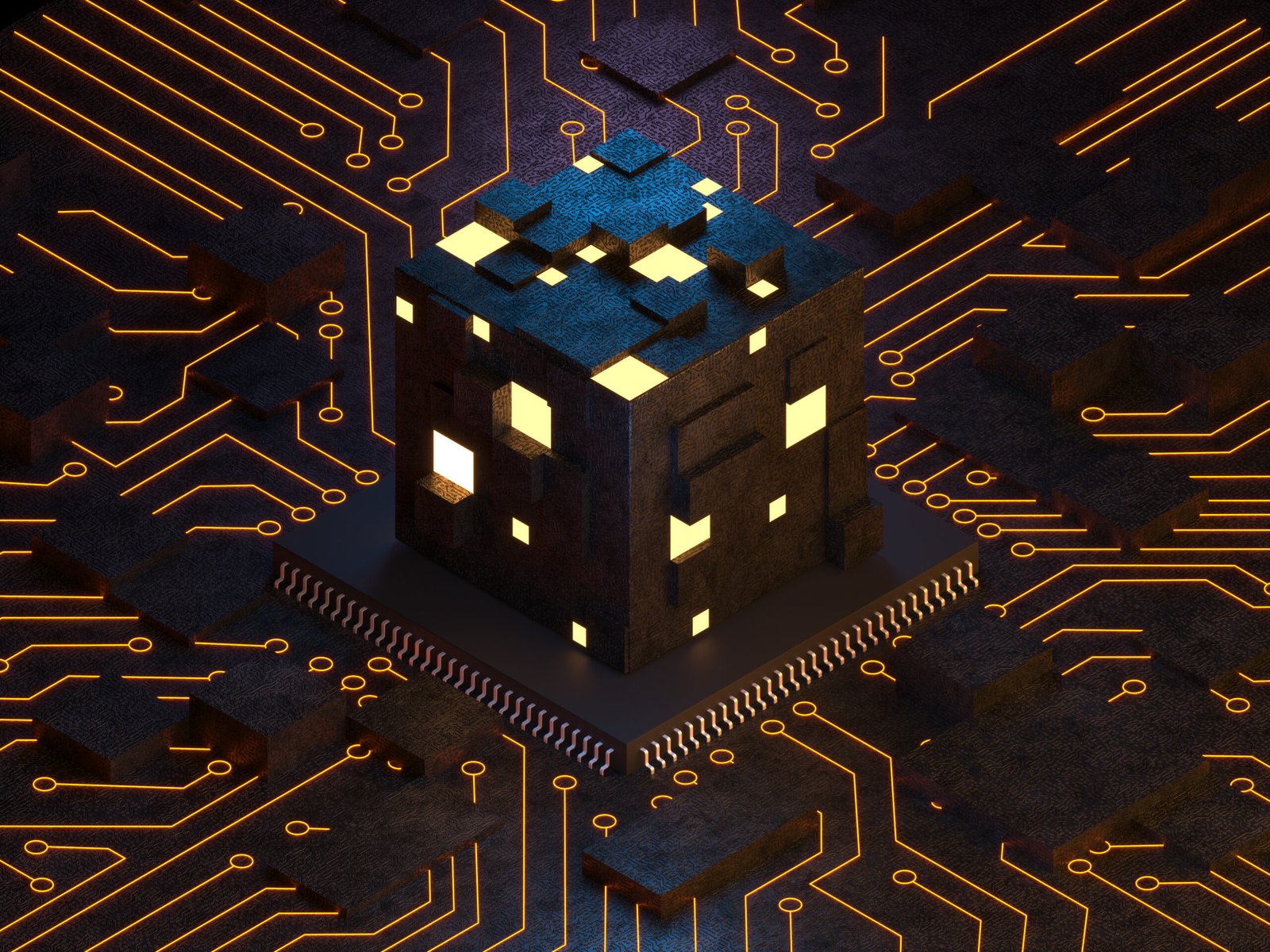Quantum Mechanics is fundamentally a theory describing nature at its smallest scales. It’s no surprise that classical computers can simulate quantum mechanics (to some degree) – after all, these simulations are much of the backbone behind advancements in materials design, and some other exciting areas of computational chemistry.
When I started with Quantum Computing, I found myself often wondering: if classical computers can simulate quantum mechanics, why do we even need quantum computers? And The answer lies deeply in how space and time are handled in these simulations.
The Challenge of Simulating Quantum Mechanics on Classical Computers
Simulating quantum systems classically is mostly about representing and evolving quantum states on classical hardware. A quantum state of n qubits can be expressed as a vector in a Hilbert Space of dimension 2n. This exponential growth in dimensionality is the crux of the problem
Space Complexity
To store the full quantum state, a classical computer must maintain 2n complex numbers. For even moderate n (say 50), this corresponds to over a quadrillion complex amplitudes. Such memory requirements exceed the capabilities of today’s supercomputers .
Note: However, computational data structure storage and manipulation techniques like Tensor Networks have enabled storing complex amplitudes of more than 120 qubits on consumer grade CPUs. Even then, qubit networks with high interconnectivity (through entanglement) remain unrealisable on current classical hardware.
Time complexity
Simulating quantum dynamics involves applying unitary operations ( 2n X 2n matrices) to these large vectors. This requires exponential time in the number of qubits, making long-time or large-system simulations infeasible.
Some classical approaches to solve these challenges
Exact diagonalization
Works by directly diagonalizing the Hamiltonian matrix but is limited to very small systems due to exponential scaling.
Tensor network methods
As continuation to the before, this method approximate quantum states using low-rank decompositions, efficient for systems with limited entanglement (like 1D chains), but struggle with highly entangled or higher-dimensional systems.
Quantum Monte Carlo
Uses stochastic sampling but faces the “sign problem” in many cases, limiting applicability.
These methods illustrate that classical simulation is possible but fundamentally limited by exponential scaling in space and time when dealing with general quantum systems.
Why Quantum Computers are Fundamentally Different?
Quantum computers operate within the quantum world itself. Instead of encoding quantum states as huge classical datasets, quantum bits (qubits) physically embody the quantum information:
- Each qubit can exist in superposition, encoding a complex amplitude simultaneously.
- Multiple qubits can become entangled, creating correlations that classical bits cannot mimic efficiently.
- Quantum gates manipulate these qubits directly, evolving the system’s quantum state without expanding classical memory or runtime exponentially.
This means that quantum computers effectively are the active part of exponentially large Hilbert space, manipulating quantum information natively rather than simulating it indirectly.
From a space perspective, the quantum computer’s hardware itself holds the state, avoiding the memory explosion faced by classical simulators.
From a time perspective, quantum algorithms can implement quantum operations in a number of steps scaling polynomially with the system size, rather than exponentially.
TL;DR
Space (memory): Classical simulators must explicitly represent all amplitudes in a 2^n-dimensional space. Quantum computers physically embody these states in qubits, avoiding this blowup.
Time (runtime): Classical simulation time grows exponentially due to matrix operations on these large state vectors. Quantum processors apply quantum gates directly to qubits, scaling polynomially in many important cases.
While classical computers can simulate quantum mechanics in limited contexts, the exponential growth in required memory and computation time makes large-scale simulation infeasible. Quantum computers, operating in native quantum space and time, overcome these bottlenecks by representing and evolving quantum states directly.
In essence, quantum computers are not just faster classical simulators — they are fundamentally different machines designed to harness the quantum structure of reality itself. This space and time viewpoint explains why quantum computing is essential for advancing science and technology beyond classical limits.

